Texas Water Safari
June, 2014
by Natalie Wiest
The Texas Water Safari is a 260 mile canoe race that starts in San Marcos, Texas and ends in San Antonio Bay at Seadrift. Billed as the world’s toughest canoe race it is a grueling endurance challenge. The best nonstop racers do it in about 40 hours; elite racers in 60, and everybody else has up to 100 hours to make it to the finish line before they are disqualified. Houston Canoe Club members Christy Long and Terry Herdlicka had planned to do the monster race this year, with Harmon Everett and myself as Team Captains, ie. The resuppliers and responsible for checking our team out of certain checkpoints along the race. Other HCC members had hoped to compete as well but in the end all dropped out without starting – but NEXT YEAR expect some very different results. Our team had an injury that stopped them after several months of training, but we all went to check out the race, particularly boat outfitting, paddling strategies, routes, how the handouts were done.
Some the checkpoints and many of the distances are succinctly marked on a bandana I purchased as a souvenir:
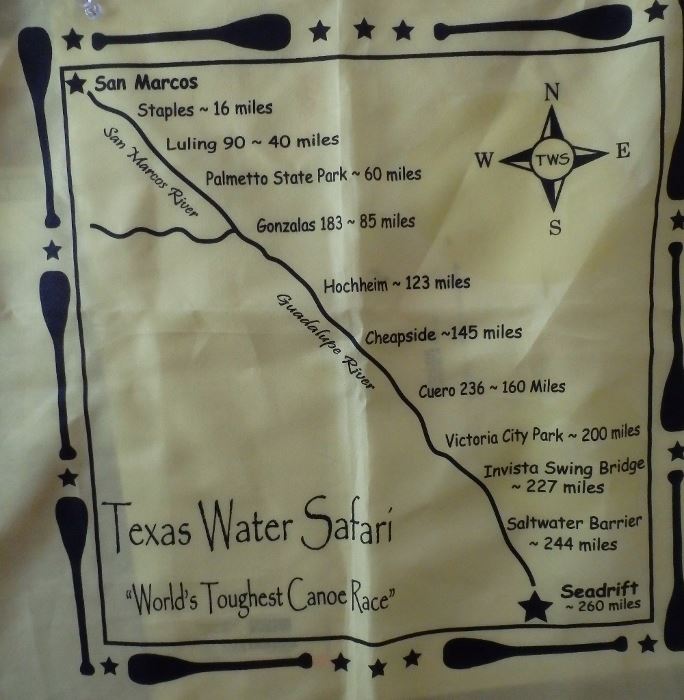
The race begins at Aquarena Springs. Right at 100 boats started, from solos to six-person racing craft. Here they are starting out:
Here’s a fairly typical multiple-person high end racing boat:
How about three generations of racers? Pretty cool and they did quite well. Note the snazzy tights many of the men and some of the women were wearing. Not a lot of freeboard there either – a fast boat but challenging in whitewater rapids and across choppy bay waters. Our team was really interested in how these boats were outfitted. Note that no one we saw was paddling on an unaltered seat – all had extra padding and custom setups for food, water, lights for night paddling. Quite a show.
We skedaddled to Cottonseed Rapid to watch the action there. Interesting to see the big boats go through, and the smaller ones too. Last year’s flooding has really changed that rapid and I saw new routes through here I’d never paddled. As usual the experts made it look easy.
Many of the mixed teams (men and women in the same boat) had a configuration like this – the powerful men up front and the woman setting the direction from the rear. That’s the way it should be, isn’t it?
In addition to the whitewater rapids, there are multiple dams to be portaged. Some teams did the stairs river right at Staples dam. Other teams, and here is our 3 generation group, went river left.
Staples was also a checkpoint and a resupply spot. Here is Grady Hicks and his son Travis resupplying their tandem canoe team:
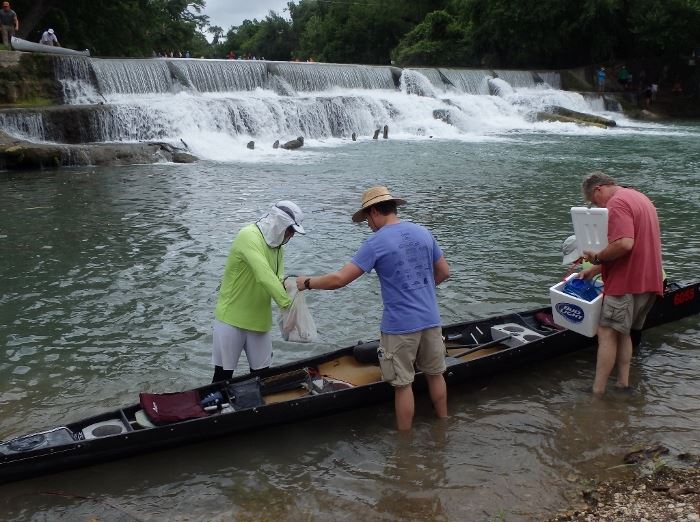
Not far behind them was Zoltan Mraz running with his grandson and being resupplied by his daughter.

They’re running an aluminum canoe, the same class Terry and Christy were planning to run. Love the smile on Zoltan’s face. He has run this race many times and you can tell he’s enjoying it, at least this far into the run.
And here is our team taking it all in:

Then I took a 2 day break from the race. Remember the competitors were paddling while I drove back to Houston, slept in my own bed (twice) and paddled Mac Lake on Father’s Day. Then I returned to watch them finish up at Seadrift, spending the night in a cot under cover there. The first finishers had already made it, in just under 40 hours. The ones I was watching were closer to the 60 hour mark. The bay was quite choppy with waves coming in parallel to the coastline. Night fell.
First to drag in while I was there was a tandem aluminum canoe couple. The man in the bow appeared dazed and hardly effective at getting his paddle in the water as they bounced on the waves, constantly in peril of going over. The woman in the stern stroked along alternately bracing and providing some forward momentum as they inched to the finish line. Next few finishers were notable as spots of light along the shore, then the cheers of the crowd (such as it was in the wee hours of the morning) as they DRUG their boats along on the grass.
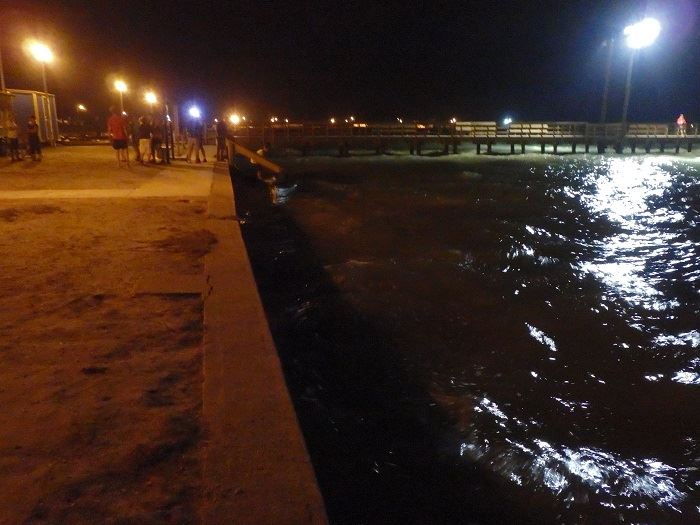
At this time only were spectators allowed to help – and that consisted of lifting boats out of the water (those that managed to come by water) at the finish line. Dazed and exhausted paddlers often grabbed the uprights of the finish line to hold themselves up. Note one of them is trying to open his hands, cramped into paddling position (and well blistered) from all that paddling.
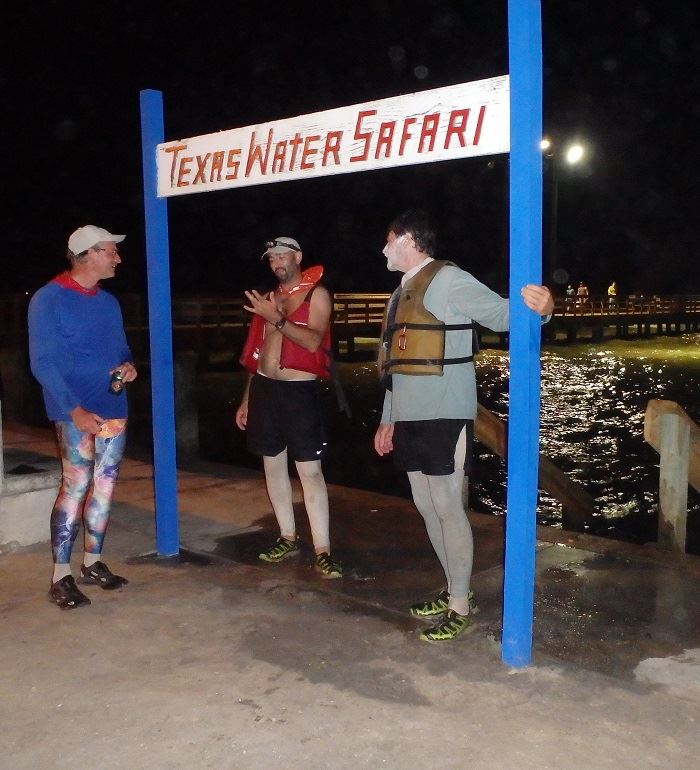
I’ve posted several more of my photos on Flickr if you’d like to check out outfitting and many additional candid shots: www.flickr.com
Fraser Baker just posted a video of the start and the exciting runs through Cottonseed Rapid. www.facebook.com
Natalie Wiest
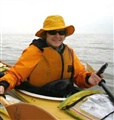 |
| The author, Natalie Wiest |